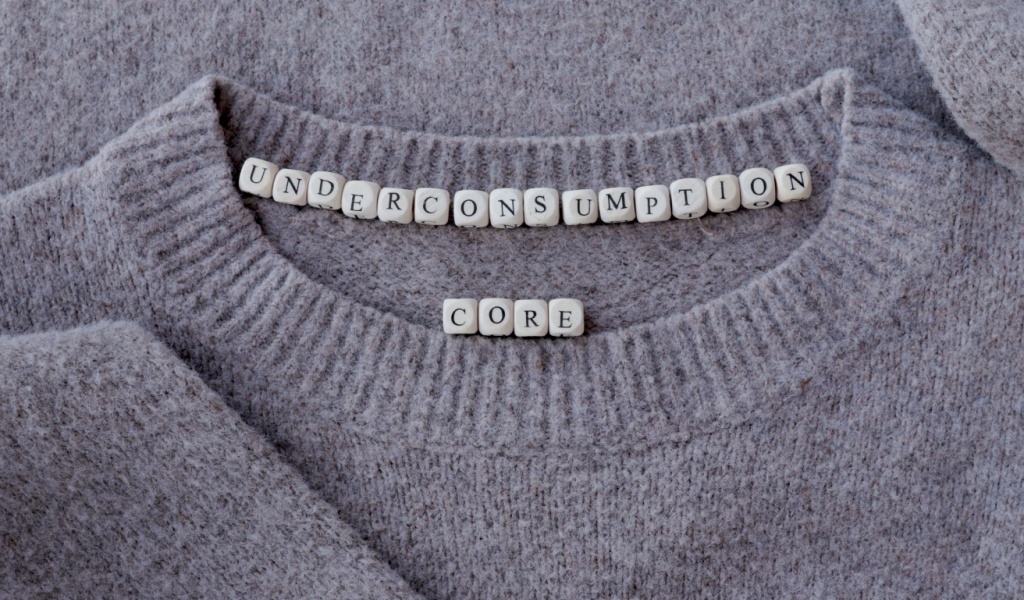When a child is born, it changes everything about a family. Your new bundle of joy is sure to bring joy and fulfillment to your home, but at the same time, it also comes with a heavy financial responsibility.
On average, parents in the US spend $310,605 on raising a child from birth to 18 years (although having three or more children typically brings down the cost per additional child). A considerable portion of this cost goes to childcare, such as daycares, which seem to keep rising yearly!
This is why new parents often face a tough choice: should one of us quit our jobs?

Staying at Home: Pros vs. Cons
You or your partner may be weighing whether it’s better to quit your job and stay home instead of paying for childcare. Let’s take a look at the pros and cons of staying at home:
Pro: Childcare is Cheaper
According to the US government, affordable childcare shouldn’t cost more than 7% of a family’s cumulative income. In reality, most Americans pay a lot more than that. Given that most families spend roughly $10,000 every year on childcare alone, it’s definitely a lot cheaper to stay at home. As a comparison, an in-state college tuition is only $9,349!
Pro: Quality of Care
It’s not just about the cost but also the quality of care your child might get outside your home. According to a survey, nearly 60% of parents are worried about this. There’s no doubt that your child would get the best quality care at home from a parent. Unquestionably, there’s no value placed on a parent’s love and nurturing care and the special memories that will be shared for a lifetime.
Pro: It’s Hassle-Free
Unfortunately, the pandemic caused about 9,000 daycares to close in 37 states in just a year, making it much harder for parents to find quality childcare in their neighborhoods. As a result, they may have to look at options that are farther away, are more expensive, or lack the quality they desire. Taking care of children at home is just easier. There’s nowhere to go, no rush to get ready, no need to make other arrangements if the first option falls through, etc.
Pro: More Time Off
According to a study by the Pew Research Center, while stay-at-home mums spend a lot more time on childcare and housework than working mothers, they also have more time for leisurely activities, including naps!
Con: Loss of Household Income
While childcare is expensive, it probably doesn’t cost as much as the income you would lose upon quitting your job. Your family will have to adjust to living on a single income, which may mean giving up or compromising certain areas. Plus, taking a gap of one year doesn’t only equal the loss of a year’s salary. The non-working partner will lose out on bonuses and promotions and miss out on cumulative wage growth. They would also have missed employee benefits such as retirement savings and 401(K) employer contributions.
Con: Harder to Go Back
If the parent who decides to stay at home plans to eventually return to work, having a career gap will make it a lot harder for them to land a job. They may also have to settle for a demotion or a salary less than expected.
Con: Loss of Independence
Becoming a parent brings a plethora of emotions, both positive and negative. One of the less-than-ideal feelings it can trigger is the loss of identity. Quitting your job and losing your income may exacerbate this. If one spouse feels like they need to depend entirely on the other for money, it may place a strain on the relationship.
Con: Less Socialization
A working parent has many more opportunities to socialize outside the home as they meet various people daily, including co-workers, clients, commuters, etc. If the non-working spouse depends on their partner alone for adult interaction, both parties may feel unsatisfied.
As for the child, they can also explore the world outside their home and be introduced to different people. This helps them adjust better to the world and deal with new situations every day. This social aspect is lost or minimized when they have a stay-at-home parent because their interactions are limited to the home.

A Compromise: The Hybrid Working Model
One of the only positives to come out of the pandemic is a long-awaited change in the traditional working model. Employers seem to finally understand that working from home does not affect the productivity of their employees and are more open to offering remote working opportunities.
This is good news for parents who do not want to quit their jobs but prefer to stay home with their children. 77% of millennial women say they prefer remote work because it eliminates commute time, and millennial moms are 32% less likely to quit their jobs if they have the option to work from home.
Parents of young children can opt to switch to part-time work or freelance, which doesn’t dictate working hours. Full-time workers can manage with the help of other family members or part-time childcare. Given the choice, most parents would agree any of these options are better than full-time childcare. The time and energy one would spend on time-consuming but trivial things like commuting can be used to spend quality time with family. Plus, working from home allows for pockets of quality time, such as shared family meals.
Good News: More Benefits
Working parents have a lot more benefits available to them now. 60% of employers said they plan to increase childcare benefits post-pandemic. This may include free in-house daycares, discounted childcare, nanny networks, and cheaper tuition. Be sure to check with your employer and your spouse’s employer to find out what is available to you, and take full advantage of it!
The government has also stepped up and tried to make life easier for parents. The Dependent Care Account (FSA) allows you to set aside up to $5,000 pre-tax dollars for dependent care expenses. As a result, you could save up to $2000 in taxes!
In Conclusion
Deciding whether to leave your job or continue working is a tough decision many parents face when they welcome a new member into their family. We’ve laid out the pros and cons of this decision, but it is up to every individual to decide whether the costs versus benefits of either option weigh out for them and their family.
It’s important to remember that while money is the driving force behind the choice you end up making, you must also consider the emotional aspect of it – both for the parent in question, and the child. After all, a parent cannot fill their child’s cup if theirs is empty!



